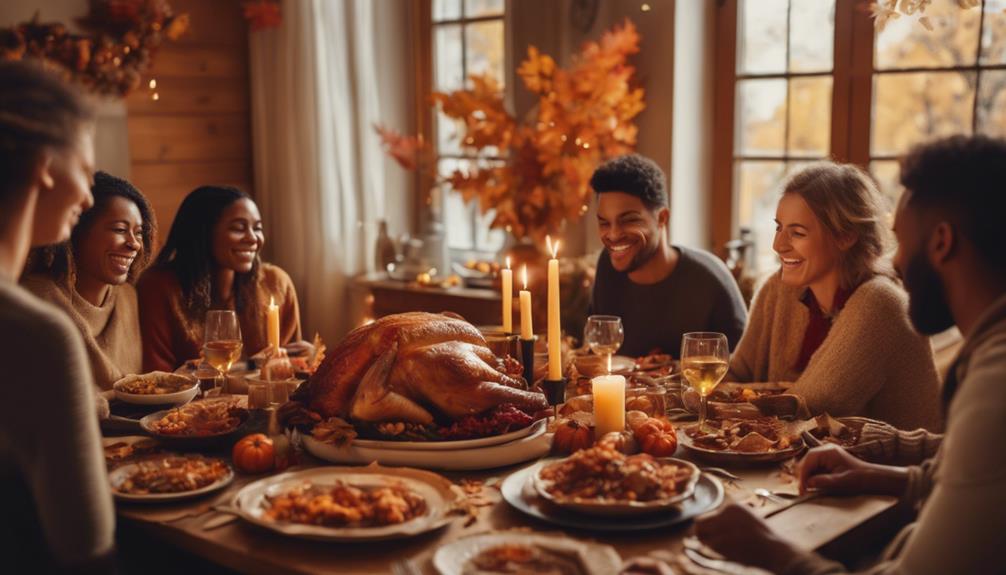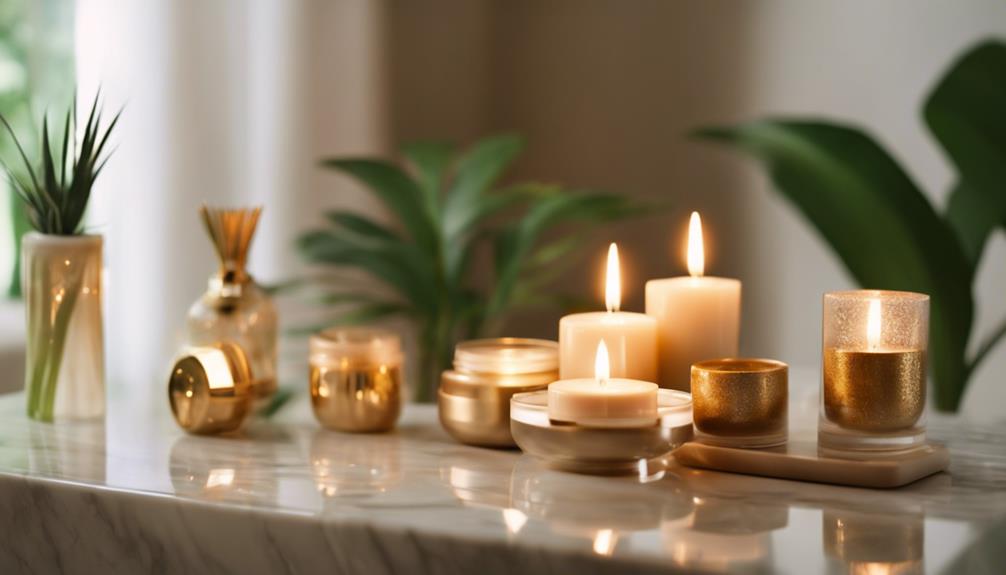You recognize the profound significance of honoring our heroes, and the mission of Folds of Honor enhances that dedication. Established in 2007, it is dedicated to offering educational scholarships for the spouses and children of fallen and disabled service members. With 87% of military dependents lacking sufficient educational assistance, this organization tackles a crucial need. Corporate partnerships enhance their reach, guaranteeing that more families get the assistance they need. By donating or spreading awareness, you can have an impact. Get involved in their programs or discover how you can contribute to preserving the legacy of our heroes and supporting those they have left behind.
Key Takeaways
- Folds of Honor provides scholarships to military families, addressing the educational needs of over one million dependents.
- Founded in 2007, the organization focuses on closing the educational gap for military spouses and children.
- Corporate partnerships, like with CORT, enhance funding and awareness for military families' challenges.
- Donations and support help create lasting change and honor the sacrifices of service members.
Significance of Memorial Day

Memorial Day serves as an essential reminder to honor those who made the ultimate sacrifice for our freedom. You can't overlook the significance of this day amid the cookouts and beach trips that often dominate the holiday.
Taking a moment to reflect on the bravery of fallen veterans is vital. Consider visiting a local veterans' memorial or laying flowers at a cemetery. These gestures convey your respect and gratitude.
While enjoying time with family and friends, balance that joy with remembrance. Sharing stories of those who served can inspire others to appreciate their sacrifices.
Ultimately, this day is about more than just relaxation; it's a time to come together as a community to remember and honor our heroes.
Overview of Folds of Honor
Folds of Honor plays an essential role in supporting the educational needs of military families, ensuring that the sacrifices of service members are honored through scholarship opportunities.
Founded in 2007, this nonprofit organization focuses on providing financial assistance to the spouses and children of fallen or severely disabled soldiers.
With over one million military dependents in need, Folds of Honor addresses a significant educational gap, as 87% lack adequate support.
The scholarships awarded help cover tuition and educational expenses, enabling these families to achieve their dreams.
Corporate Partnerships and Impact

Corporate partnerships play an essential role in amplifying the impact of Folds of Honor, enabling them to provide important educational support to military families in need.
When companies like CORT step up, they greatly increase funding for scholarships, helping bridge the educational gap for dependents of fallen or severely disabled soldiers.
Your involvement in these partnerships can lead to substantial contributions, allowing Folds of Honor to award more scholarships each year.
By aligning with corporations that share this mission, you're not just helping raise funds; you're also raising awareness about the challenges military families face.
Together, you can create lasting change and honor the sacrifices of those who served, ensuring that their families receive the support they deserve.
How to Get Involved
Getting involved with Folds of Honor is a meaningful way to support military families and honor their sacrifices through education.
You can start by making a donation, which directly impacts scholarships for spouses and children of fallen or severely disabled service members.
If you're looking for ongoing engagement, consider becoming a 'wingman' to provide consistent support.
You can also help by spreading the word about Folds of Honor's mission within your community.
Encouraging eligible dependents to apply for scholarships is another way to make a difference.
Finally, visiting the Folds of Honor website will give you more information on how to contribute and stay connected.
Your involvement can truly change lives and help bridge the educational gap for military families.
Community Remembrance Initiatives

Engaging in community remembrance initiatives is a powerful way to honor the sacrifices of military service members and foster collective gratitude. You can make a meaningful impact by participating in activities that unite your community.
Consider these ideas:
- Organize a local memorial service to pay tribute to those who served.
- Host educational workshops about military history and the importance of remembrance.
- Create a storytelling event where scholarship recipients share their journeys and inspire others.
- Participate in community clean-up days at veterans' memorials to show respect and care.
How Can Folds of Honor’s Mission Help with Moving?
Moving can be stressful, but Folds of Honor’s mission to support military families can make it a bit easier. By utilizing the “prepare for your move checklist,” families can ensure that they have everything they need to successfully transition to their new home, all while receiving the support they deserve.
How Does Folds of Honor Honor and Support Fallen Heroes?
Folds of Honor honors and supports fallen heroes by providing educational scholarships to their families. Through their programs, the organization helps those left behind pursue their dreams and create a brighter future. Families can apply for scholarships now to receive the support they need during challenging times.
Conclusion
As you gather with loved ones this Memorial Day, remember that every small gesture counts.
Supporting Folds of Honor is a meaningful way to honor our heroes and help military families thrive.
By extending a helping hand, you're not just paying tribute—you're lighting a path for those who've sacrificed so much.
Let's come together to guarantee their legacies live on, proving that we've got their backs, no matter what.
Every contribution can make a world of difference.







